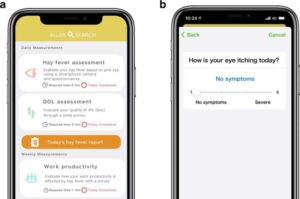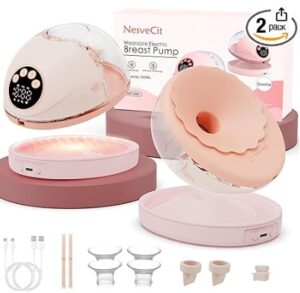
Eye washing may ease hay fever ocular symptoms and improve quality of life
Hay fever, also known as allergic rhinitis, is the condition responsible for seasonal allergies or allergic reactions to other environmental allergens, like dust mites and animal dander. Ultimately, these symptoms disrupt daily activities and affect quality of life for hay fever sufferers.









